|
As a visual history of evolution, Trees of Life (Pietsch 2012) is a captivating book. There are hundreds of figures, lending insight to how organisms' relatedness has been interpreted through the centuries -- from the fanciful hierarchical ladders drawn in the 1500s, to the dichotomous branching trees of today. Shown below are some pre-1900s illustrations.
the quinarian approach: The quinarian system, popular in the early 1800s, is based on the belief that things existed in natural groups of five, at all levels. The objects touching indicate continuity. Left: Macleay 1821. Asterisks represent taxa not yet discovered but that must exist, to fulfill the assumptions of the quntuplet pattern. Right: Kaup 1854. The empty triangles are groups not yet discovered.
reference: Pietsch, T. W. (2012). Trees of life: a visual history of evolution. JHU Press.
0 Comments
Your comment will be posted after it is approved.
Leave a Reply. |
PhyloBlogCovering topics of phylogenetics and systematics & other science-related news. Archives
October 2019
Categories
All
|

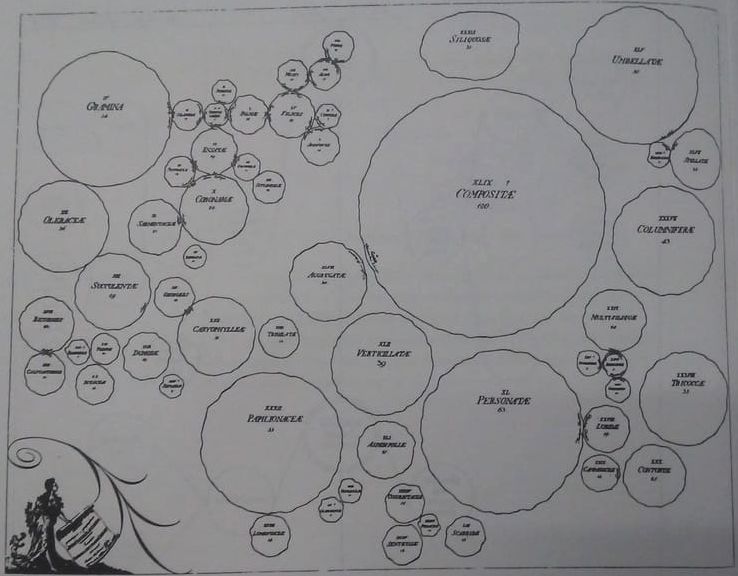

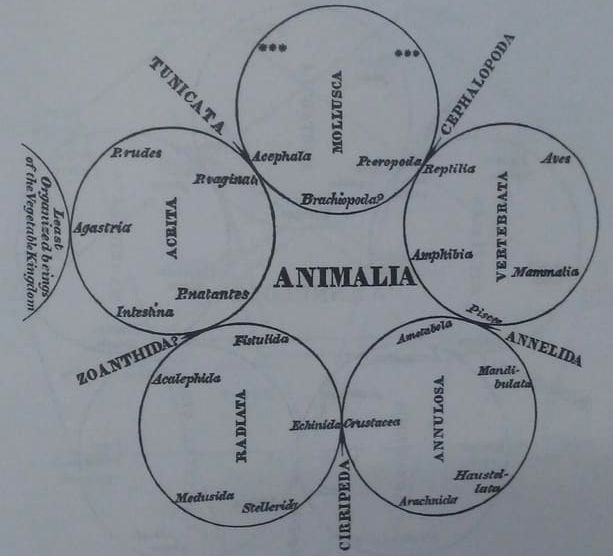
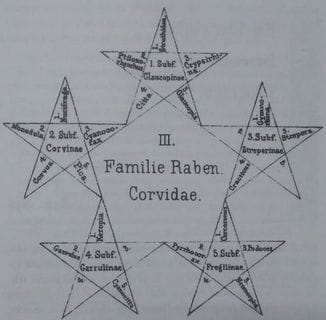
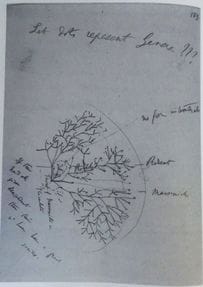
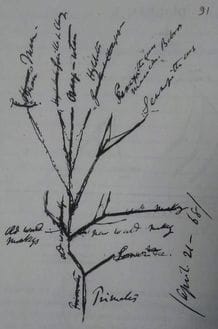
 RSS Feed
RSS Feed